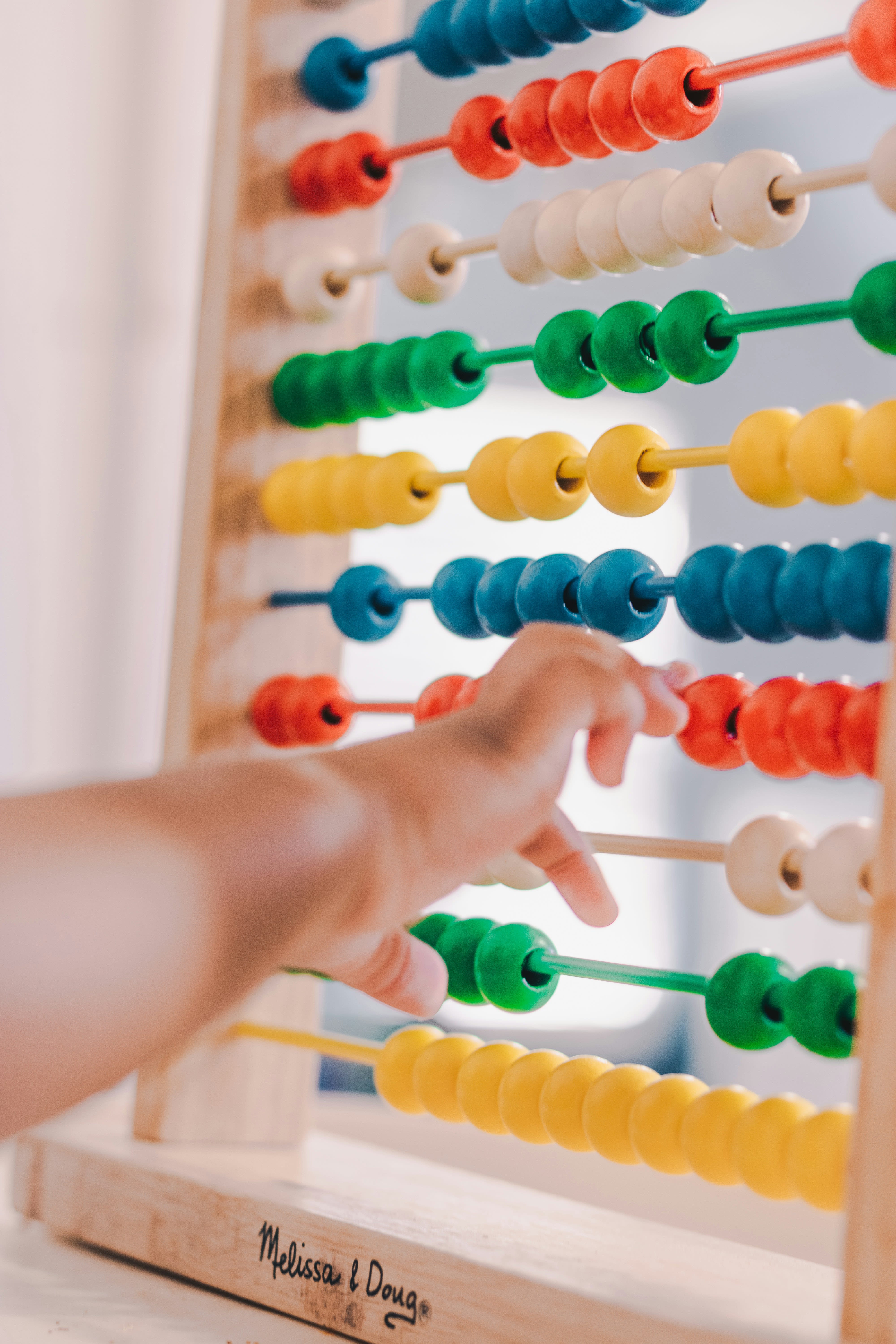Baby Steps
Ever wondered what goes on in your little one’s head? This Bath facility is finding out…
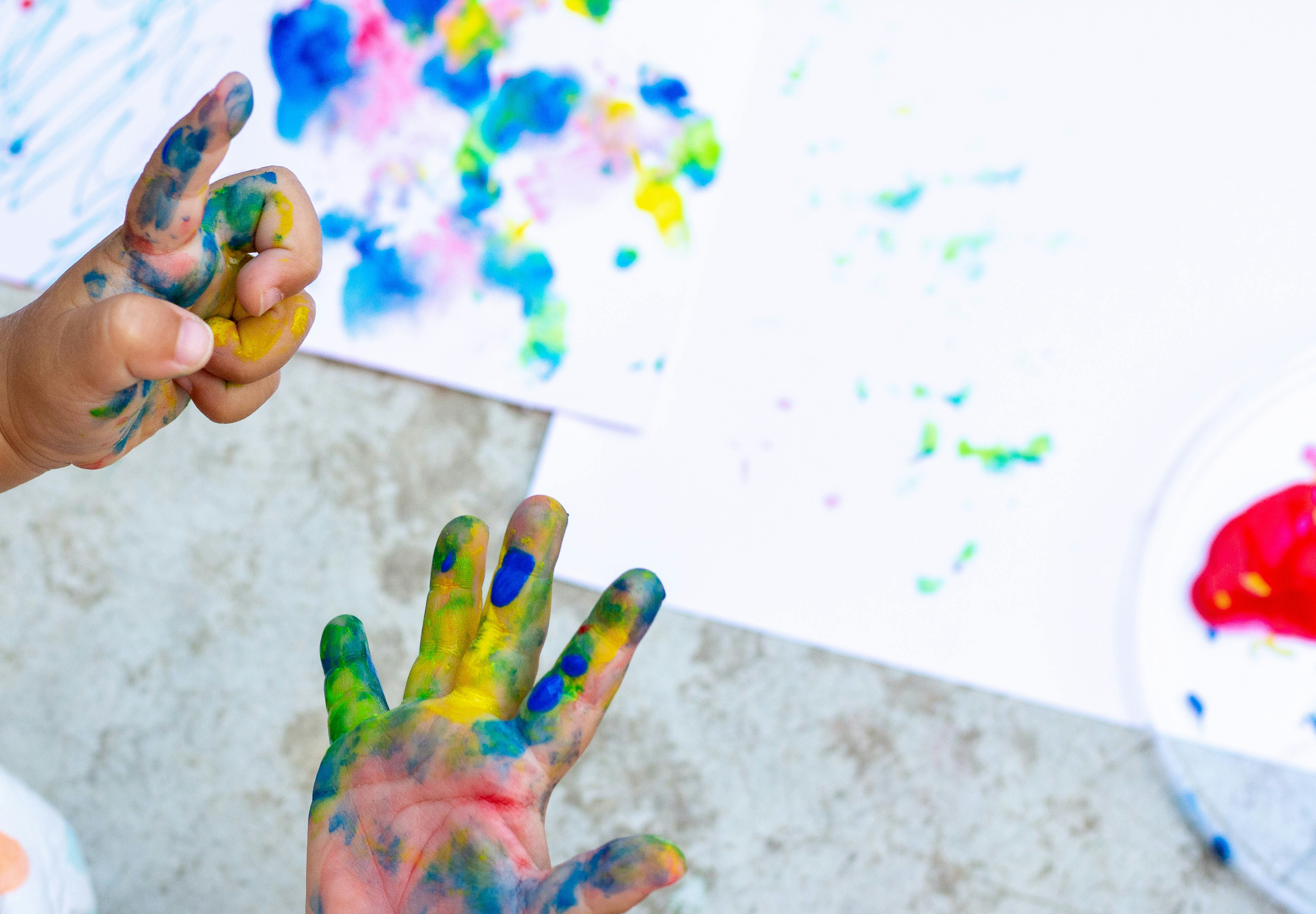

What impact does screen time have on children’s development? Does neurodivergence affect how youngsters sleep? How does the presence of a touchscreen influence how parents interact with their babies? All these questions are being studied here, in our unique Bath Babylab.
Officially opened in 2023, the lab provides facilities for our researchers to look inside young minds, using high-spec eye tracking physiological, biophysical response monitors and two-way mirrors. This research is helping to drive best practice recommendations, including Canadian government policies on paediatric screen time, and the UK’s National Childbirth Trust guidelines for parents and early years practitioners.
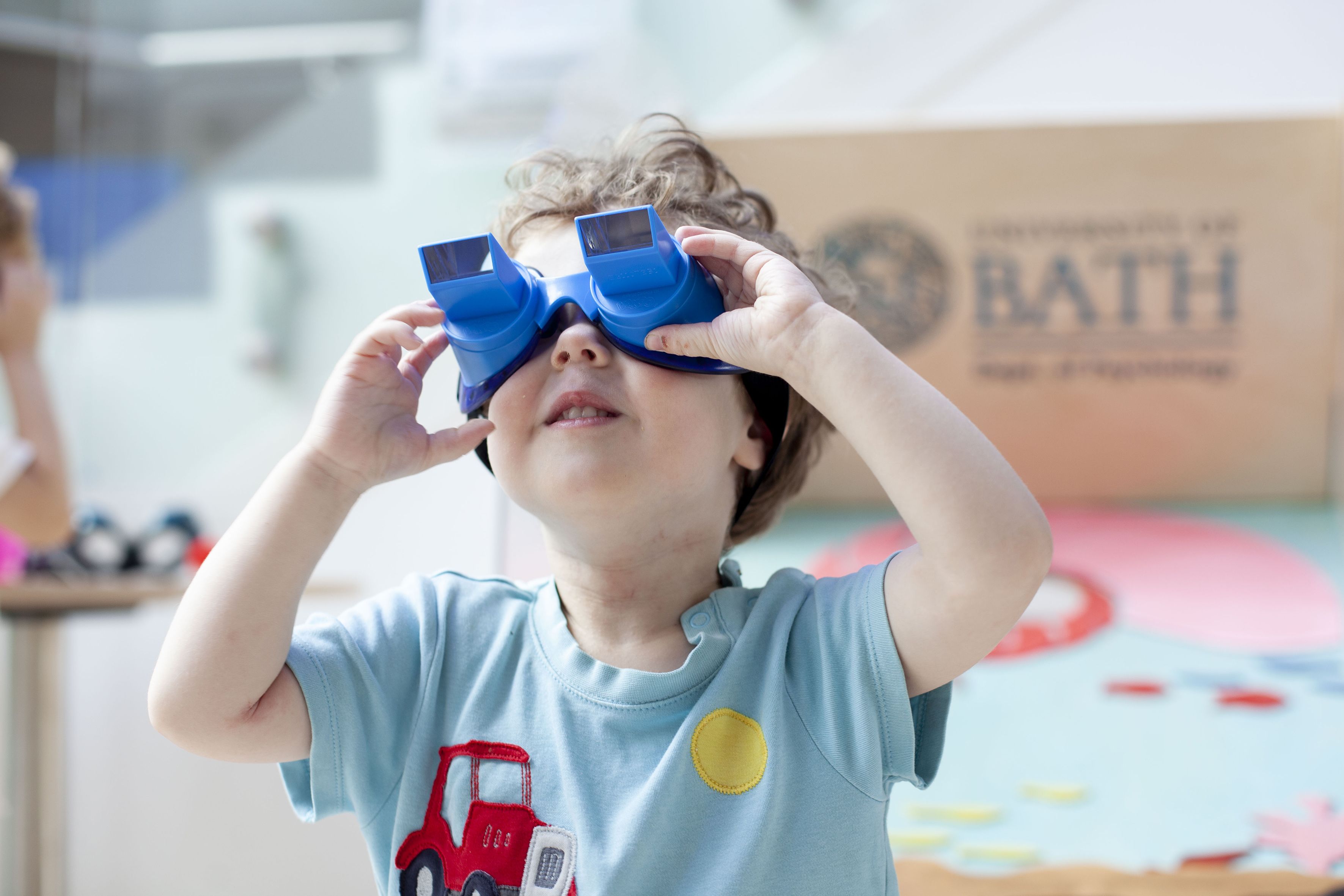
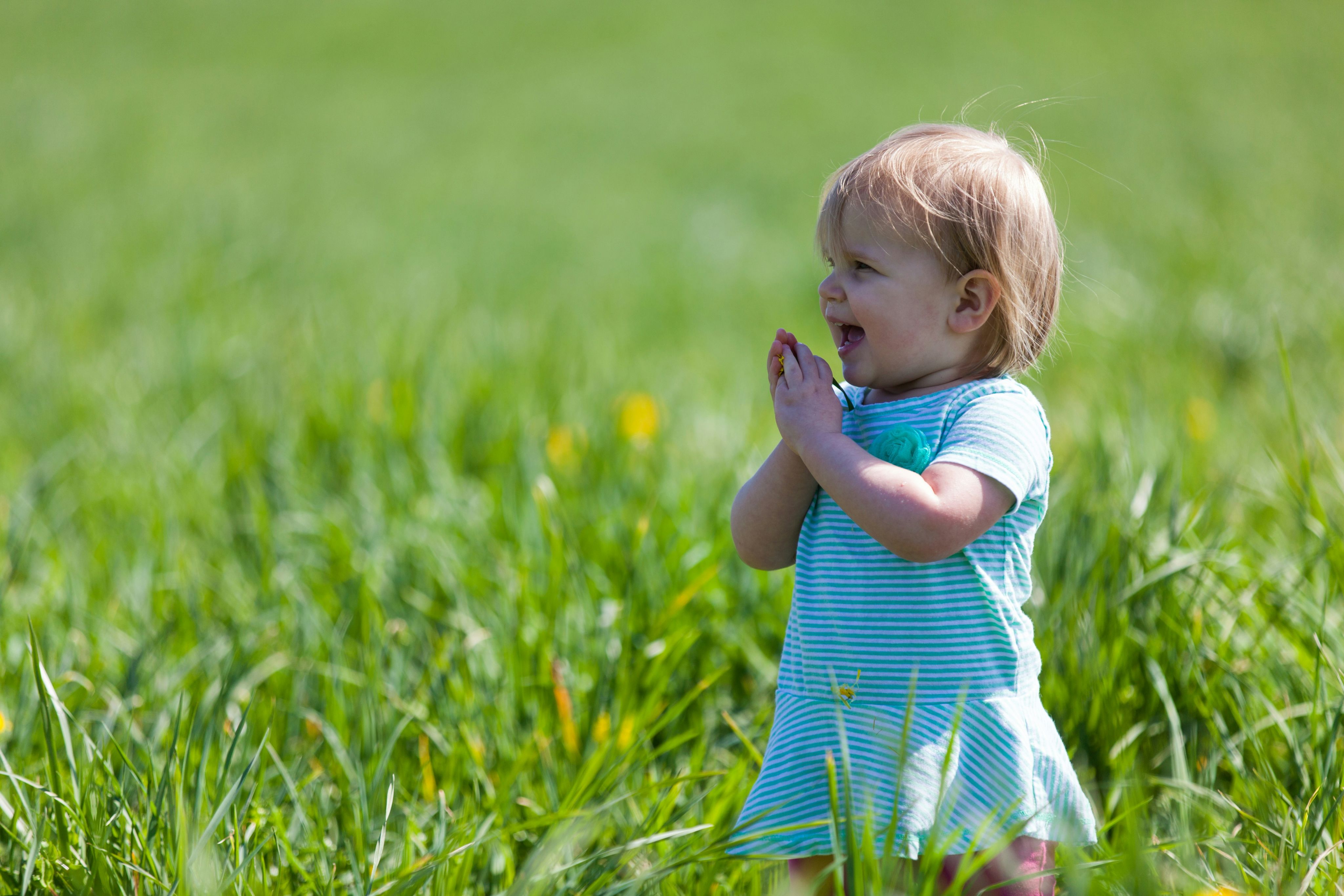

“I hope that by testing whether various factors improve developmental outcomes, we can offer parents an evidence base that will help them to make more informed decisions about the factors that they have control over within their child’s early environment,” says Professor Rachael Bedford, an Honorary Research Fellow in the Department of Psychology and one of the lab’s founding members.
What’s more, the research is entertaining for its young participants, as Rachael explains: “The challenge with testing babies is that if they’re not enjoying it, then they won’t do it, unlike in some adult psychology studies. We spend a lot of time designing our studies to be engaging and interactive and as fun as possible, because the longer we can keep the little ones paying attention, the more data we can collect!”
Research with Impact
One of our new Research with Impact PhD scholarships will be furthering research in this area.
In a new collaboration with Norland College in Bath, the Norland Foundation is funding a PhD investigating the impact of screen time on neurodiverse children.
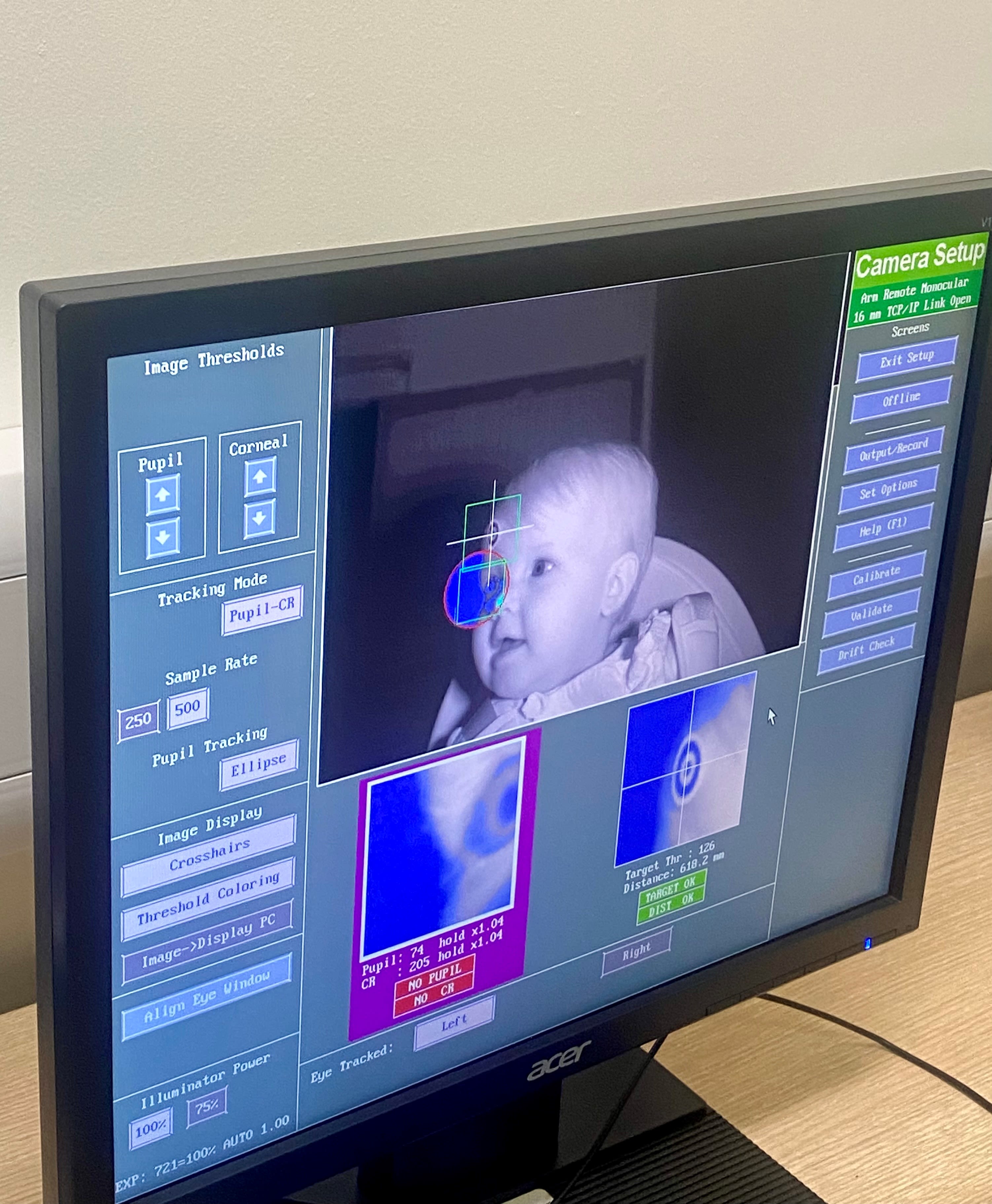
Watch and learn
This eye-tracking device uses a sticker attached to a baby’s forehead, which reflects infrared light back to a camera that monitors where the baby is looking. Researchers use the device to measure how quickly they can switch their attention towards something flashing up on the screen.
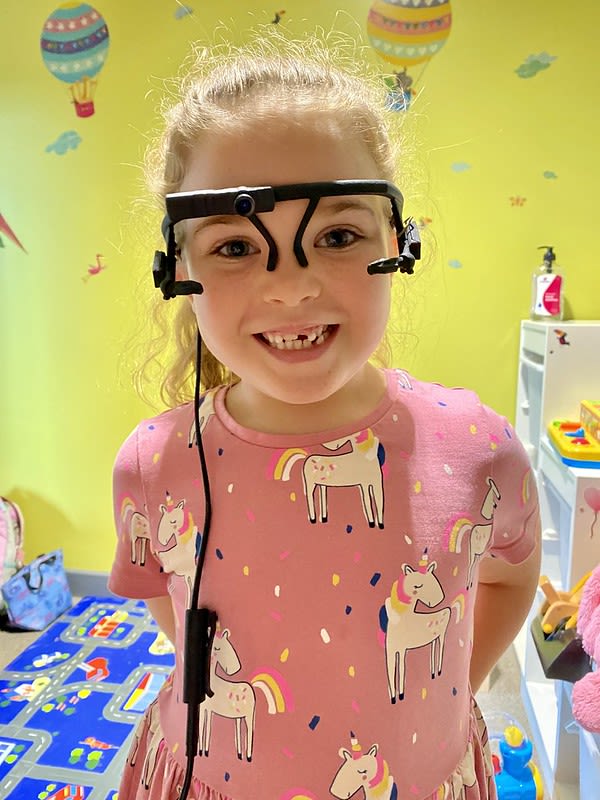
On the move
When wearing these mobile eye trackers, children are tasked with finding a series of puzzle pieces dotted around the room. The glasses then measure their eye movements to identify how their attention is diverted by the screens they encounter in the environment.

Switch it up
Prism glasses can be used to alter a child’s perception of what they’re seeing – by flipping an image upside-down, for example. Researchers can then examine how quickly they readapt to ‘normal’ vision after removing the glasses using motor tasks such as throwing a ball into a hole.
